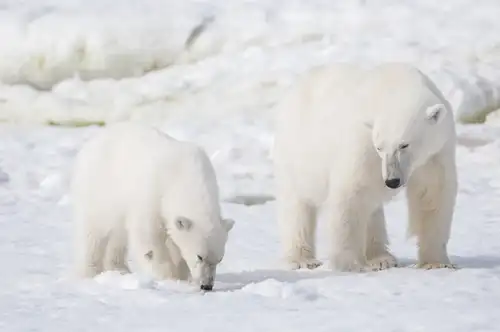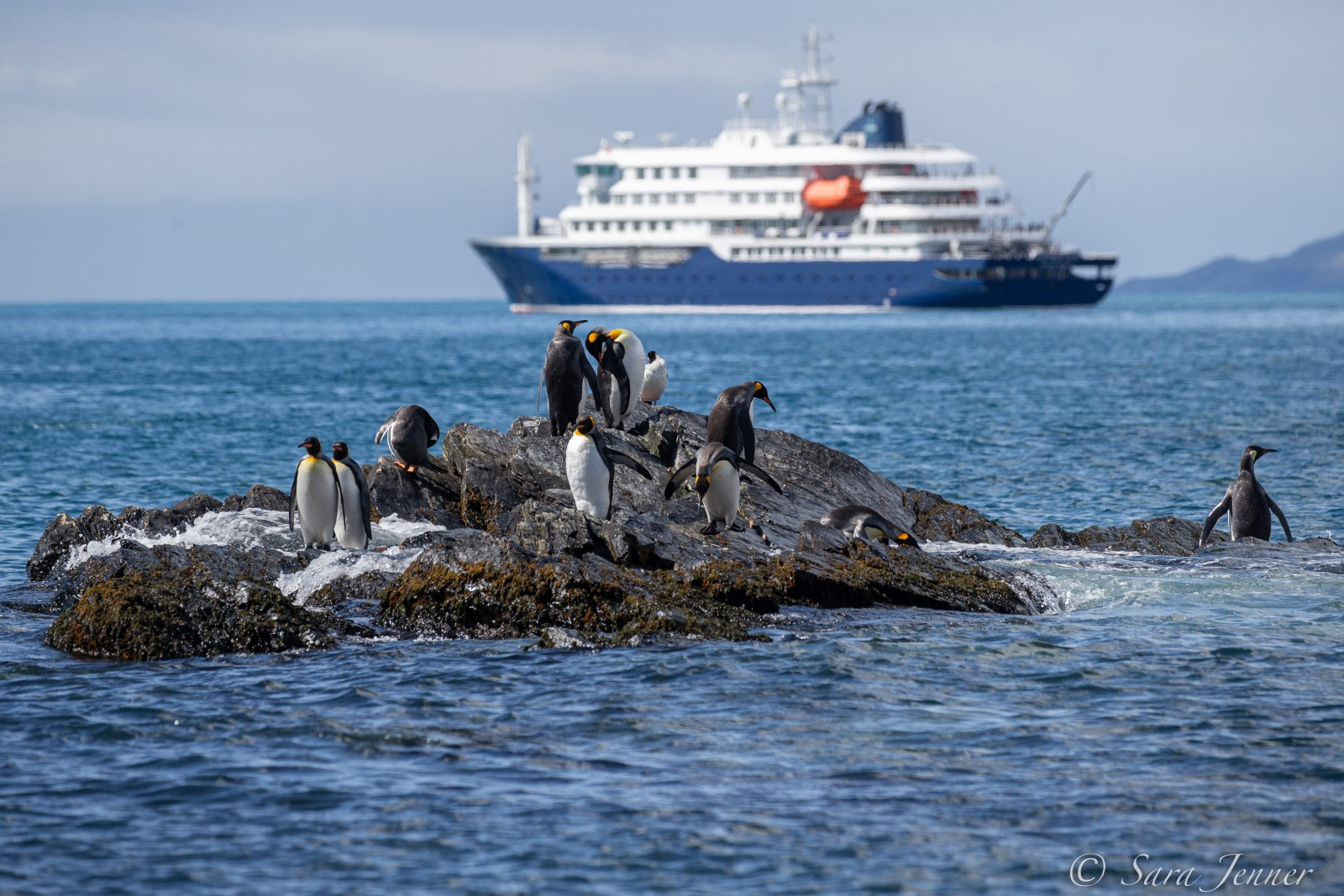Our Antarctica 2023-24 cruise program is packed with incredible expeditions, including a new itinerary that explores key locations such as South Georgia, the Weddell Sea, and the more easterly region of New Swabia (Neuschwabenland).
This extraordinary journey not only brings you close to the site where the legendary explorer Ernest Shackleton’s ship Endurance sank (and was recently discovered, as we’ll discuss below), but it also tours an area with a chilling historical connection to Nazi Germany.
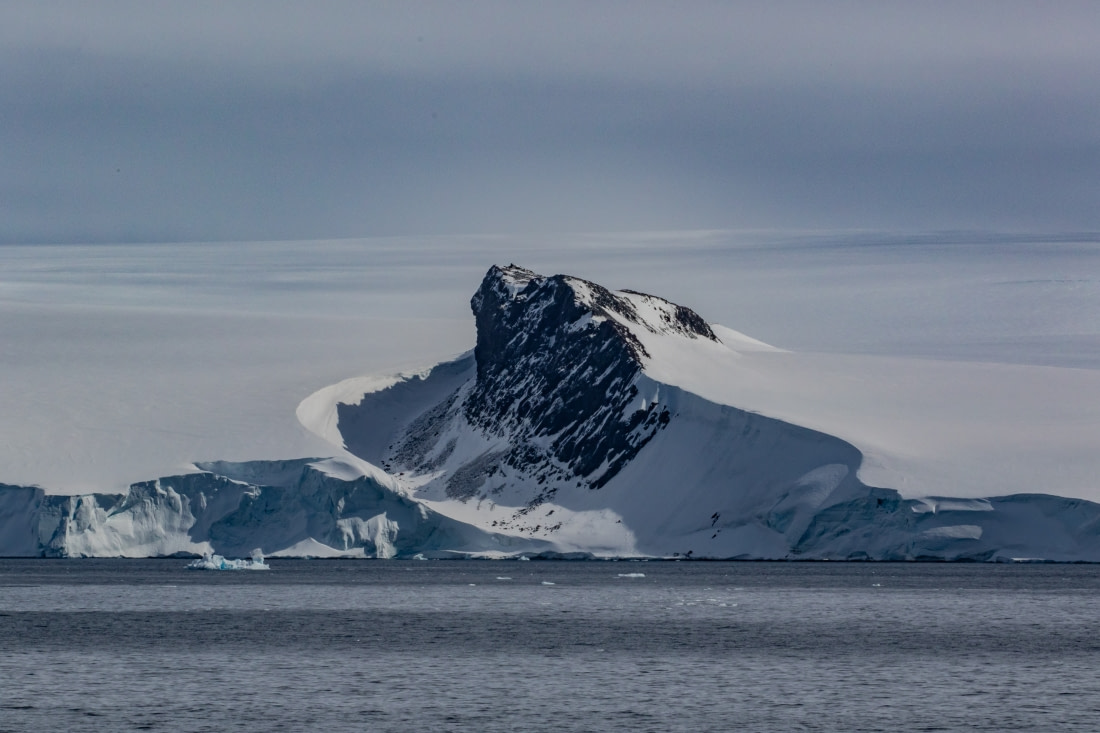
Spanning 27 nights, this voyage explores one of the least-visited seas on Earth, offering exotic wildlife and tabular icebergs as we visit iconic locations like the South Sandwich Islands, Vahsel Bay, Elephant Island, the Larsen Ice Shelf, and Paulet and Devil Islands.

Expect to see orcas, humpback, and minke whales, as well as leopard, crabeater, and Weddell seals. Penguins such as chinstraps, gentoos, Adélies, and possibly even emperors might make an appearance, along with flying relatives of the albatross, shearwater, petrel, prion, and skua species.
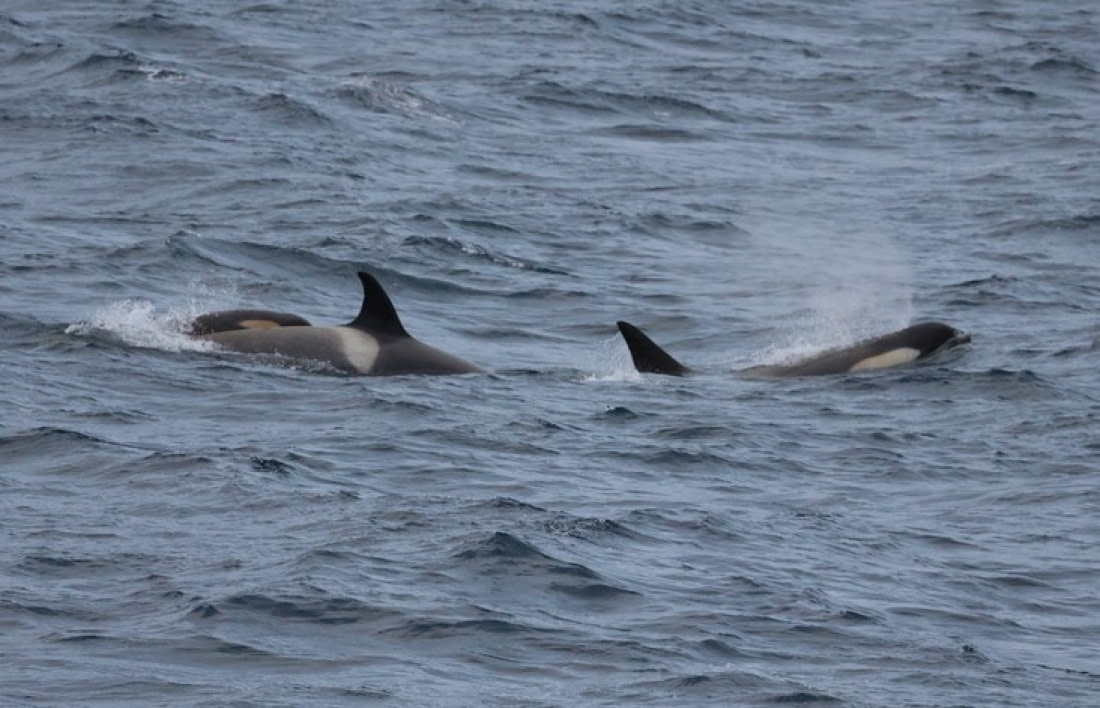
Stunning South Georgia sights
We begin our voyage by sailing toward South Georgia, where we’ll explore many of the places Shackleton visited over a century ago. One of the early highlights of our journey is the Shag Rocks.
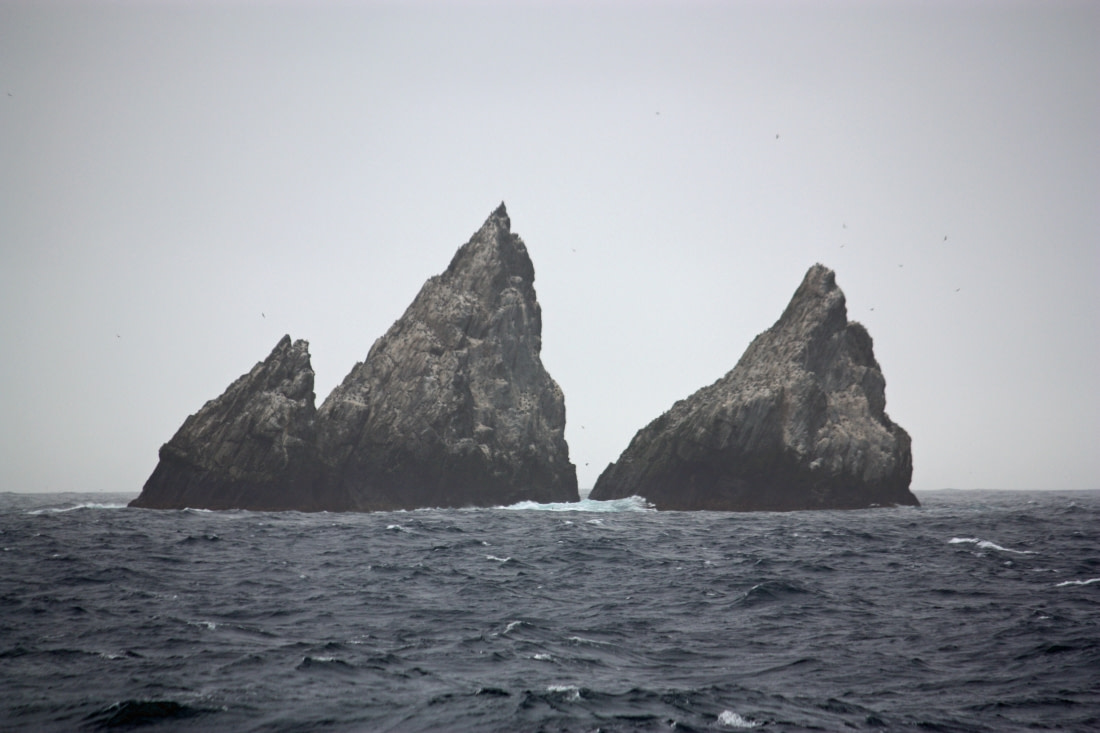
This impressive area is 240km (150 miles) west of South Georgia and home to several thousand South Georgia shags. The waters around the rocks are known for their abundance of marine mammals feeding in this comparatively shallow area of the South Georgia Ridge.
We’ll visit a number of sites in South Georgia, depending on local conditions: Prion Island, Fortuna Bay, Grytviken, and the colossal penguin colonies around Salisbury Plain / St. Andrews Bay / Gold Harbour. Few places on the planet offer such stunning terrain and abundant wildlife.

Whales and birds of the South Sandwich Islands
Afterward, just as Shackleton did in 1914, we’ll leave South Georgia for the South Sandwich Islands and Weddell Sea. South polar skuas and other seabirds may follow our vessel at this point.
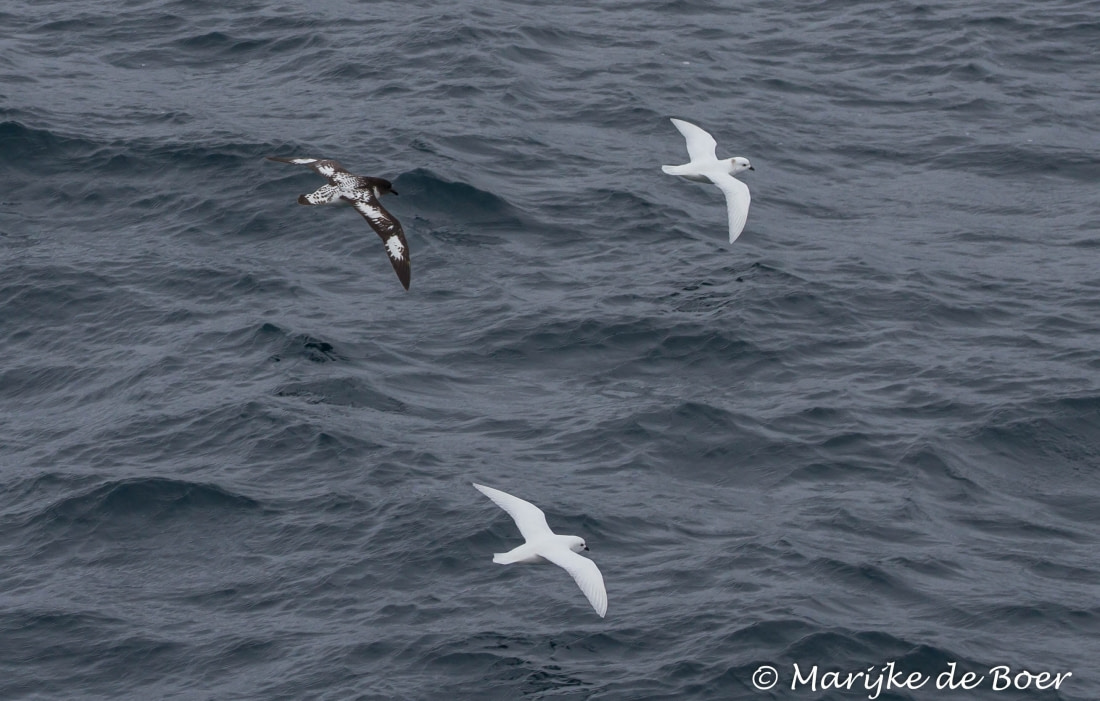
We can’t land at the islands, but we might (weather permitting) take a Zodiac cruise among the splendid scenery of this active volcanic area. We also plan to pass between Thule and Cook Islands, which will be one of the trip’s many highlights.
Humpback and minke whales are often spotted around the South Sandwich Islands, along with more seabirds: brown skuas, chinstrap or Adélie penguins, and grey-headed, black-browed, and wandering albatrosses. As with all our trips, wildlife spotting plays a central role.

New Swabia’s (Neuschwabenland) Nazi history
Our first destination in Antarctica is New Swabia, which lies between 20°E and 10°W in Queen Maud Land. This area was secretly explored by Nazi Germany during the third German Antarctic Expedition of 1938 – 1939, led by Alfred Ritscher, with the purpose of finding an area in Antarctica for a German whaling station and naval base.
In an attempt to claim New Swabia, the expedition placed Nazi flags on the coastal sea ice. Survey flights also airdropped aluminum arrows decorated with swastikas. The expedition named the area after their vessel, MS Schwabenland, which was in turn named after the southern Germany region of Swabia. Norway later learned of the expedition from whalers, and Germany abandoned any claim to it in 1945.
Weddell Sea wildlife and ice shelves
The voyage continues in the Weddell Sea, the continental borders of which are formed by huge floating sheets of ice. These ice shelves produce the massive tabular icebergs characteristic of the Weddell Sea and offer fantastic photo opportunities.
Though the chance of landings is limited in the eastern Weddell due to these ice formations, we hope to take Zodiac cruises and possibly make ice landings. The Weddell Sea is home to many whales, seals, and penguins. Animal lovers, keep a lookout!
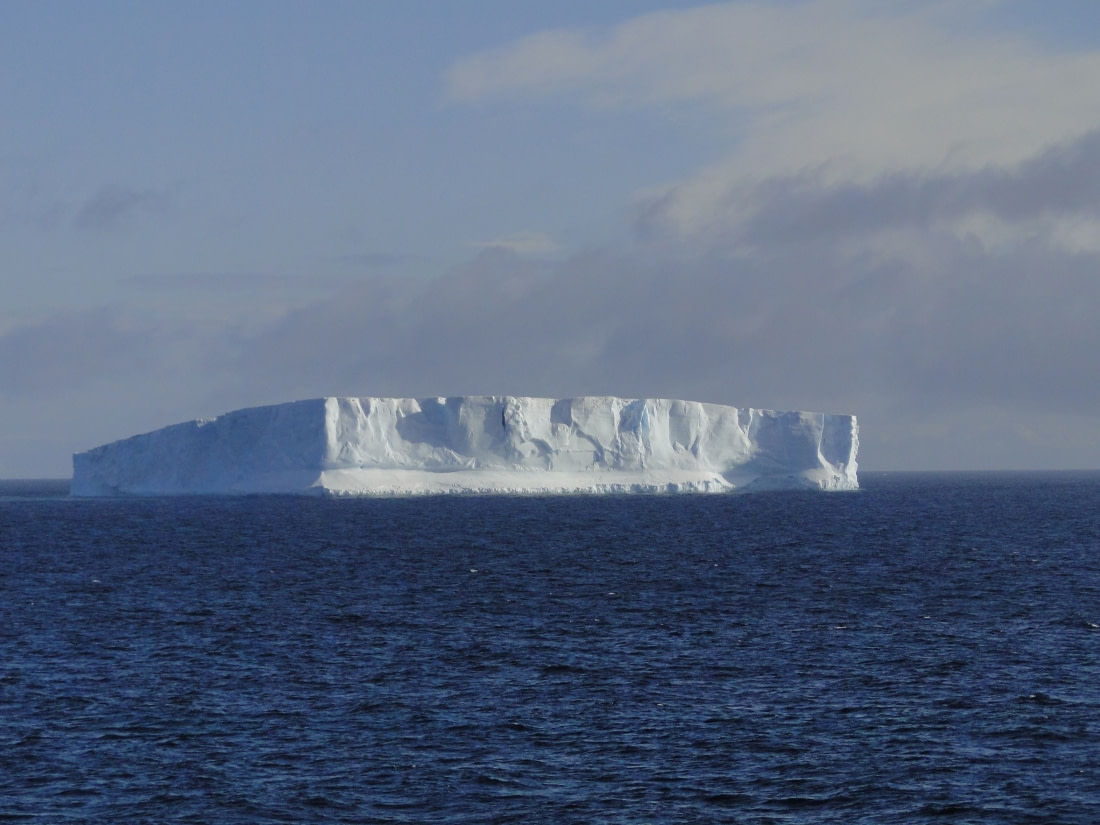
We’ll have a structured educational program on board that will complement in-field activities, teaching you all about the area’s wildlife, landscape, history, and more. You will also have the chance to participate in citizen science projects.
Our time in the Weddell will not only acquaint you with Antarctica’s raw beauty but also demonstrate how tough it must have been for Shackleton’s expedition. We will make a circular route toward the Brunt Ice Shelf and along the Luitpold Coast where, if conditions allow, we can make a Zodiac cruise and possibly an ice floe landing.
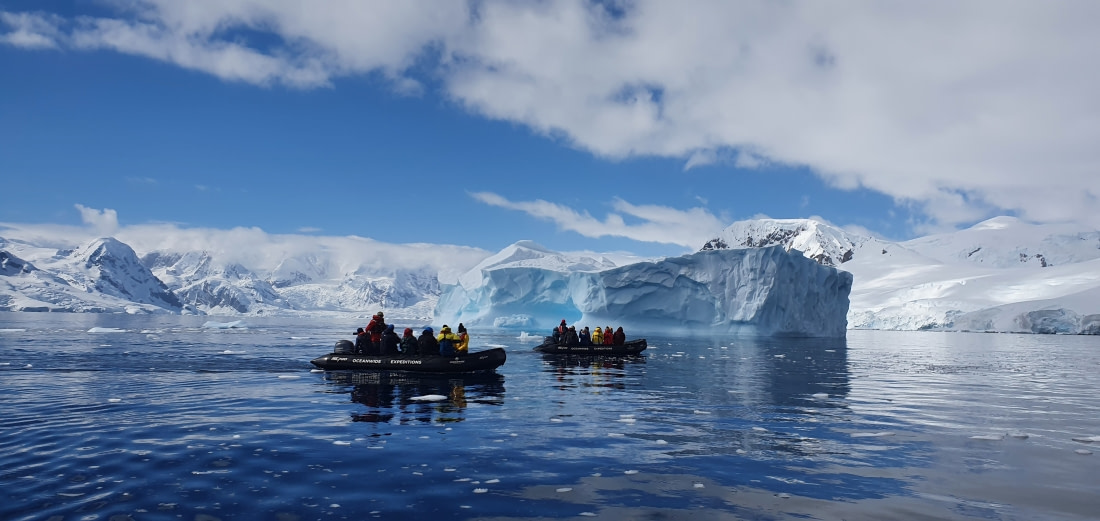
More ice shelves (and Shackleton’s ship)
Next it’s the Filchner–Ronne Ice Shelf, then the eastern side of the Antarctic Peninsula and Larsen Ice Shelf. This brings us close to where Shackleton’s vessel Endurance was trapped in pack ice during his Imperial Trans-Antarctic Expedition (1914 – 17), drifting toward the Antarctic Peninsula before sinking. You may have already heard that this wreck was discovered on March 5, 2022, the 100th anniversary of Shackleton’s burial, after 107 years below the Weddell Sea waves.

Endurance taffrail and ship's wheel, aft well deck. Photo credit: Falklands Maratime Heritage Trust and National Geographic.
While we can’t get close to the discovery site due to pack ice, we will be in the area where the ship was trapped and abandoned. There are colonies of 6,500 emperor penguins nearby, so we hope to see one or more penguin in this area.
Reaching the northern Antarctic Peninsula, we enter the area of Erebus and Terror Gulf. Far-wandering emperor penguins often perch on Snow Hill Island’s ice floes, offering you another chance to spot these emblematic creatures. We might also land on James Ross Island.
Brown Bluff, Elephant Island, and onward
The remaining days of this vast expedition are devoted to iconic areas like Brown Bluff, with its large Adélie penguin rookery, nesting snow petrels, and jaw-dropping scenery; Elephant Island, the starting point for Shackleton’s miraculous rescue voyage; and other great sites you can see in detail in our JNS30-24 Remote Weddell Sea Explorer itinerary.
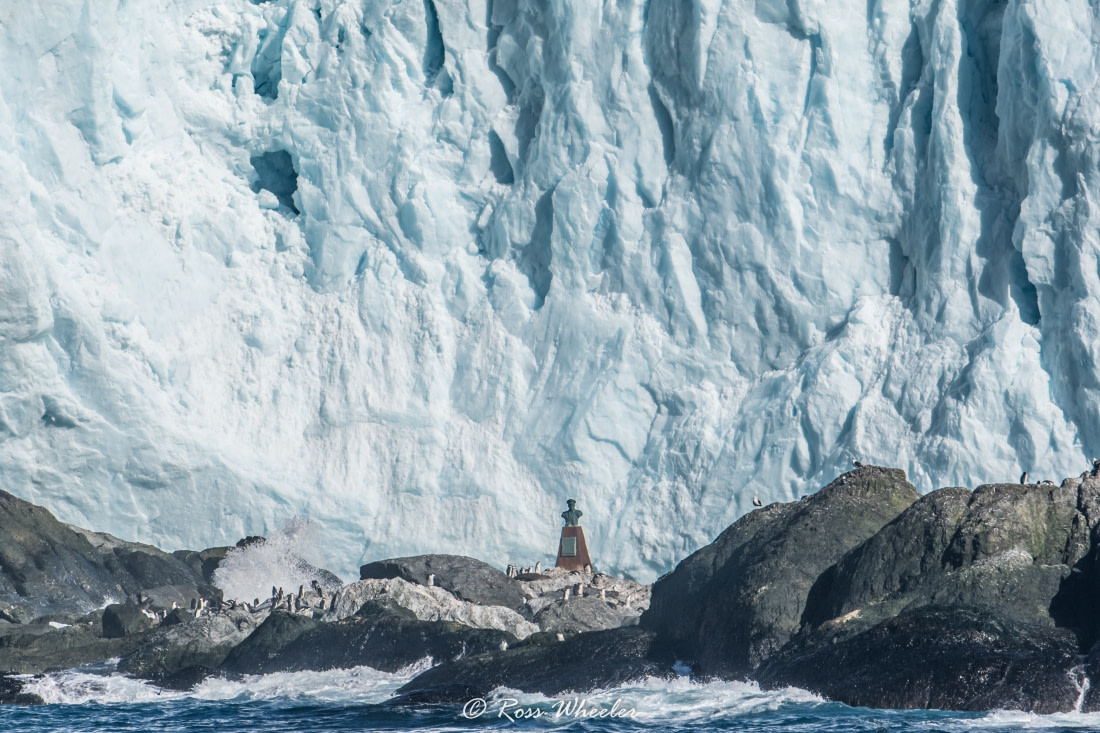
Whether you’re taking an Antarctica cruise for the first time or a returning veteran, this is a voyage that’s sure to please your love of exotic wildlife, surreal landscapes, and invigorating activities. Few other trips will immerse you so fully in the mind-blowing polar environment.
Blog


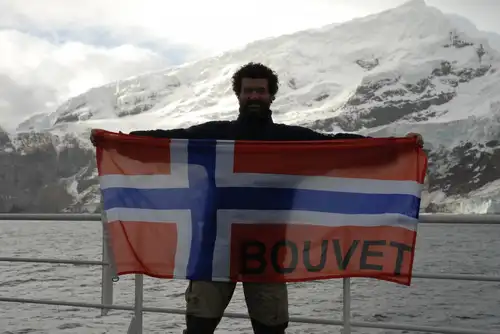
Bouvet Island: The Most Remote Island in the World
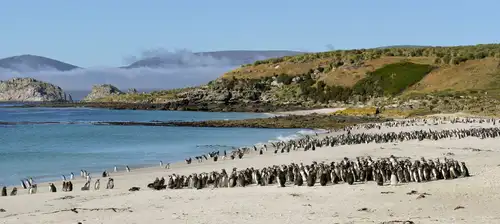
17 Reasons to Cruise the Falklands
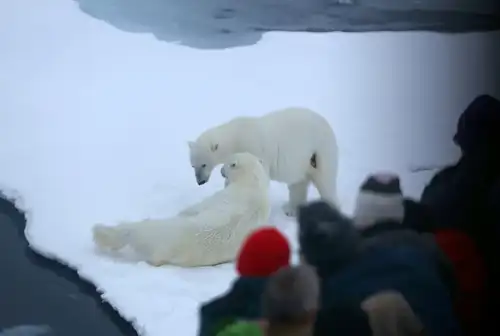
The Pack Ice and Polar Bears of North Spitsbergen
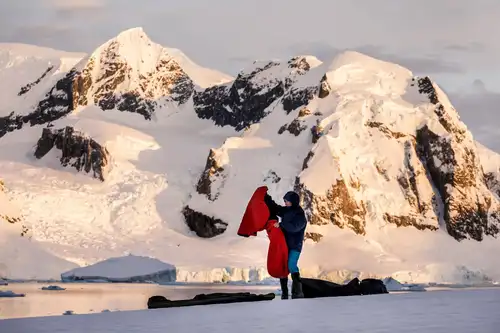
Camping in Antarctica: a True Expedition Experience
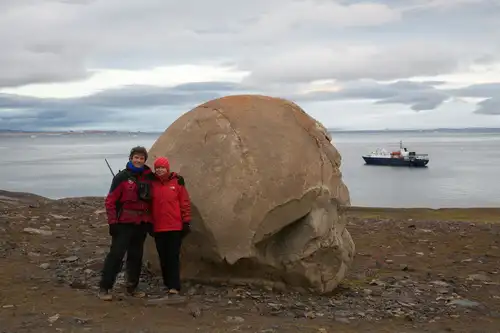
The Return to Franz Josef Land
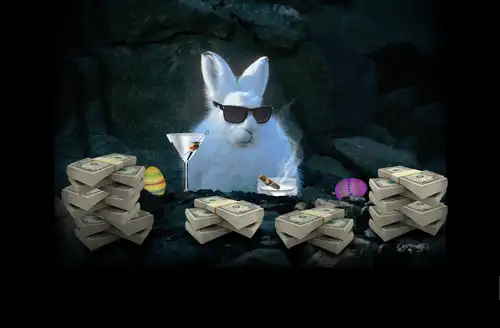
The Arctic Hare: Easter Bunny
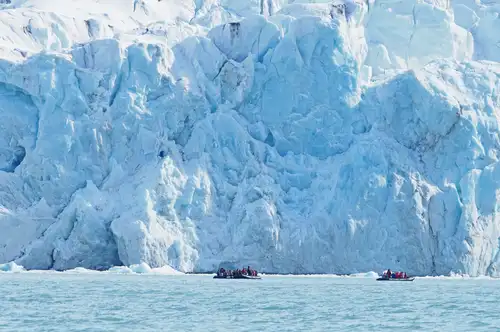
All About Ice: Glaciers and Icebergs of the Arctic and Antarctica

Antarctica’s Hourglass Dolphin
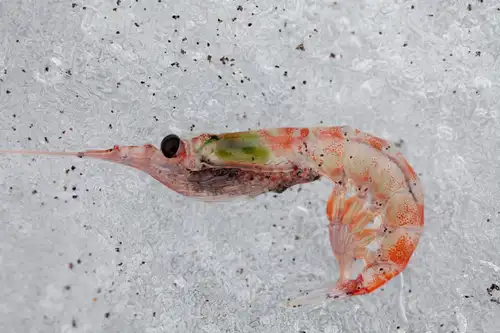
Antarctic krill: Antarctica's Superfood
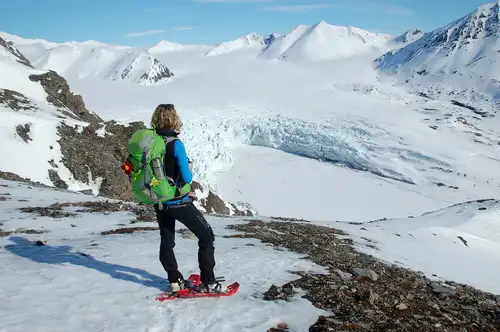
Arctic on Foot: Hiking and Snowshoeing the Far North
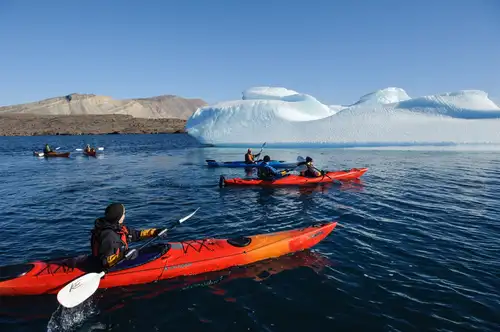
Greenland: Where the Kayak Was Invented
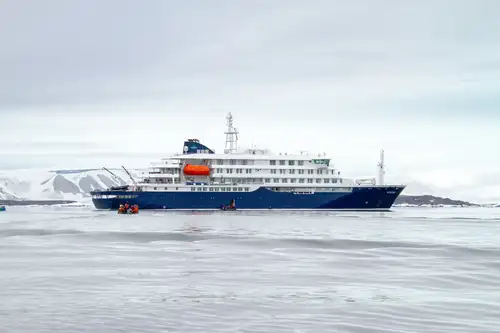
Seven Tips to Get the Most out of Your Expedition Cruise
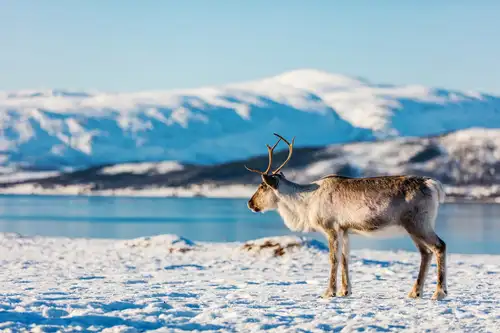
Eight Engaging Reindeer Facts
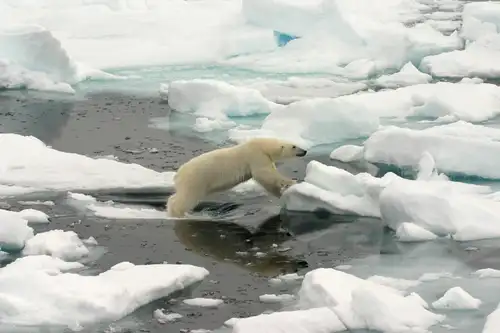
Spitsbergen: a true polar bear trip
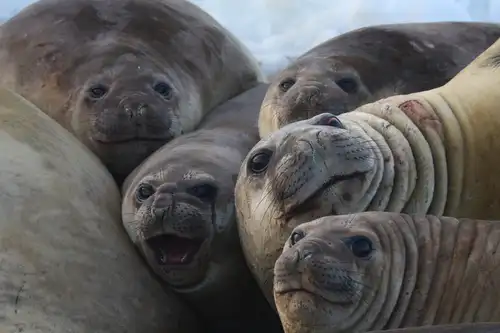
Large and in Charge: Antarctica’s Southern Elephant Seals
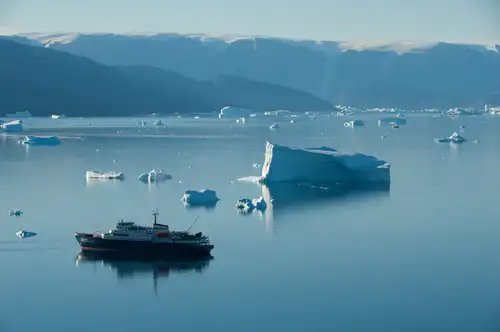
10 Common Misconceptions About the Arctic
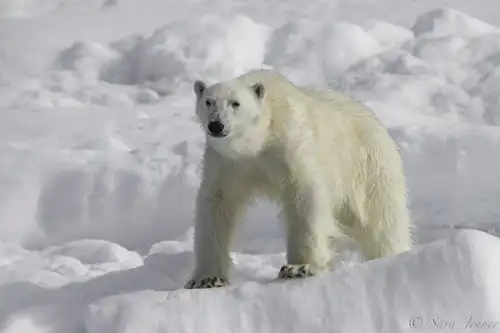
International Polar Bear Day
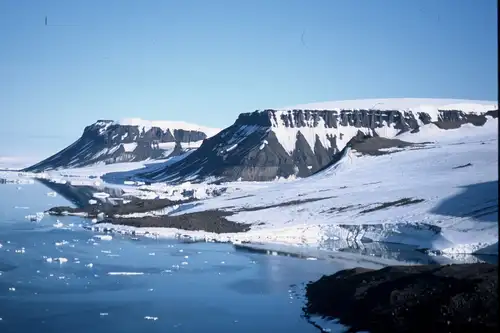
Franz Josef Land Sites, Species, and Experiences
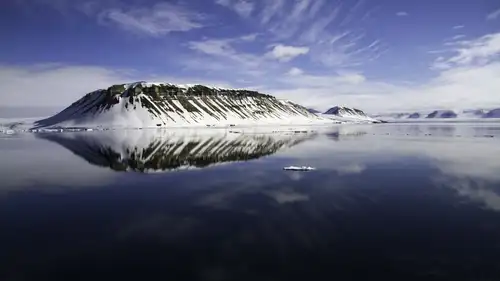
The Ice-Jewelled Geology of Spitsbergen
